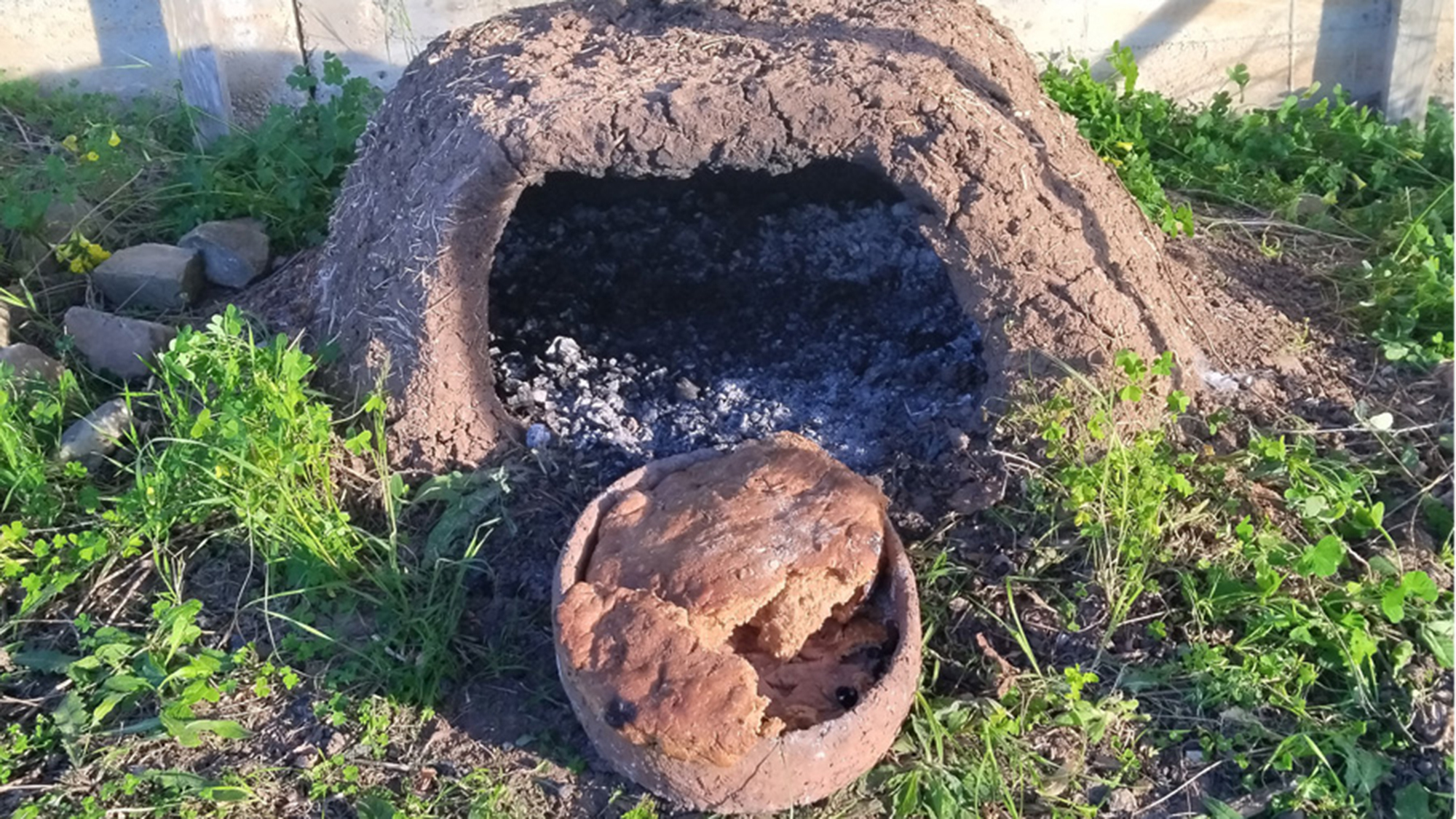

Focaccia has been a staple of Italian meals since at least ancient Rome, but new research indicates the flatbread’s origins date as far back as the Neolithic Era. According to some archeologists, Mesopotamian communities may have even started baking large loaves of shared bread between 7,000 and 5,000 BCE—thousands of miles away from their modern Roman associations.
The new findings were published on November 5th in the journal Scientific Reports and focus on evidence recovered across the Fertile Crescent in what is now Syria and Turkey. Collaborators from Autonomous University of Barcelona (UAB) in Spain, Turkey’s Universities of Istanbul and the Koç, as well as the University of La Sapienza in Rome, examined 13 ceramic fragments unearthed at Mezraa Teleilat, Akarçay Tepe, and Tell Sabi Abyad. The team believes these pieces originally belonged to husking trays—large, oval-shaped, low-walled baking pans made from coarse clay.

Using a combination of tools such as stereomicroscopy and chemical analysis, researchers detected signs of use-wear as well as compounds from phytoliths (plant silica residue) and other organic materials. According to the study’s authors, scoring marks that were “crudely made, repetitive, and uniformly distributed over the entire internal surface of the vessel” also suggest common designs seen in baking pans.
Some of the fragments even contained microscopic signs of animal fat and plant seasonings, whose degradation states imply exposure to baking temperatures as high as 420 degrees Celsius (788 degrees Fahrenheit). According to the study’s announcement from the UAB, archeologists believe this all amounts to “clear evidence” supporting the husking trays in making ancient flatbreads such as focaccia.

The variation in organic materials found across the 13 fragments led researchers to also conclude that Neolithic communities experimented with multiple different recipes for the breads baking in these husking trays. Given that each vessel could support focaccia loaves as heavy as 6.6 lbs, scientists surmise these breads were likely eaten communally.
“Our study offers a vivid picture of communities using the cereals they cultivated to prepare breads and ‘focaccias’ enriched with various ingredients and consumed in groups,” said Sergio Taranto, the study’s lead author and a doctoral researcher at the UAB.
Related: [Leftovers of a 2,000-year-old curry discovered on stone cooking tools.]
Taranto added that further dating of the fragments leads archeologists to believe that “this Late Neolithic culinary tradition developed over approximately six centuries and was practiced in a wide area of the Near East” before such practices migrated elsewhere like Italy.
